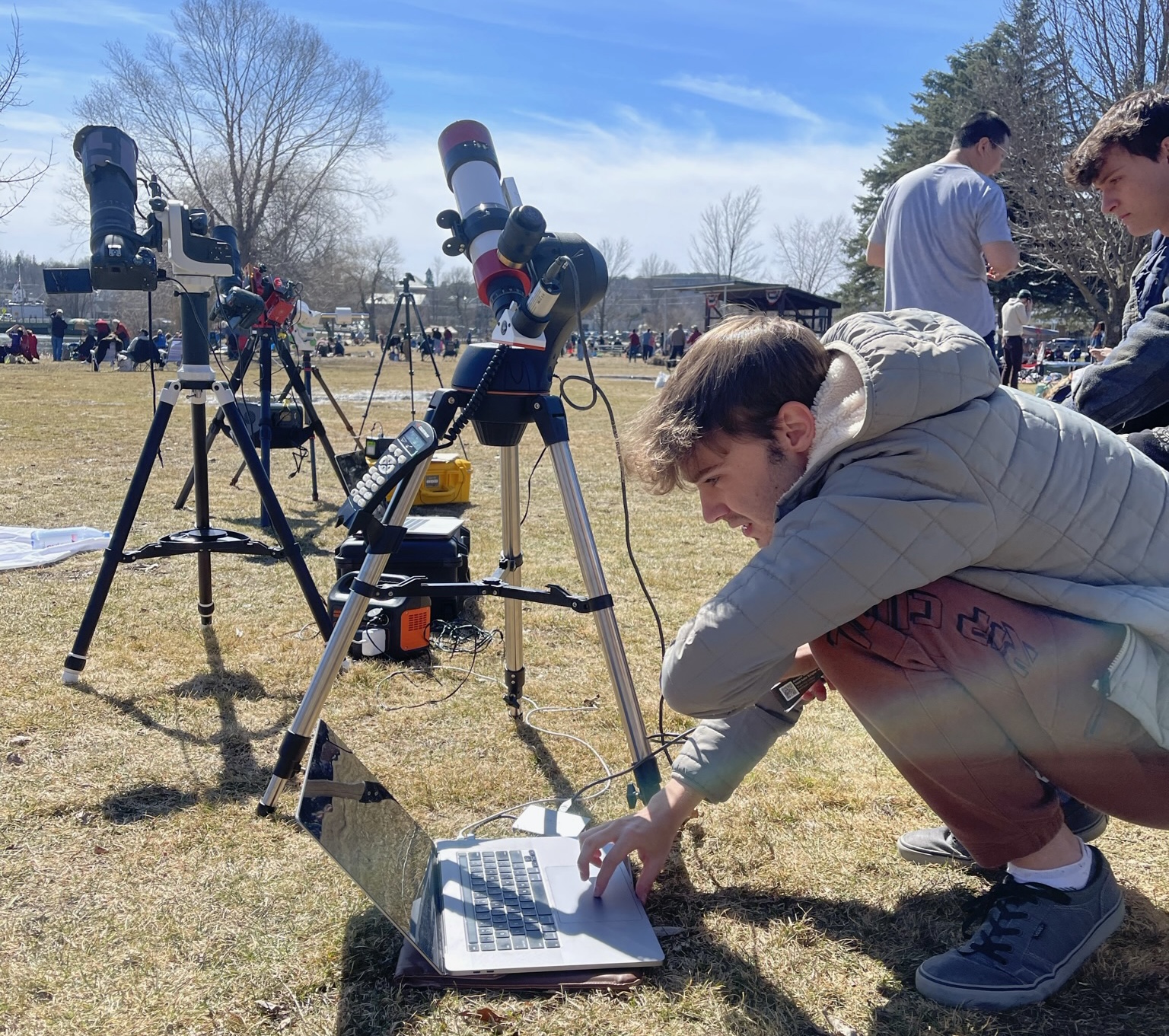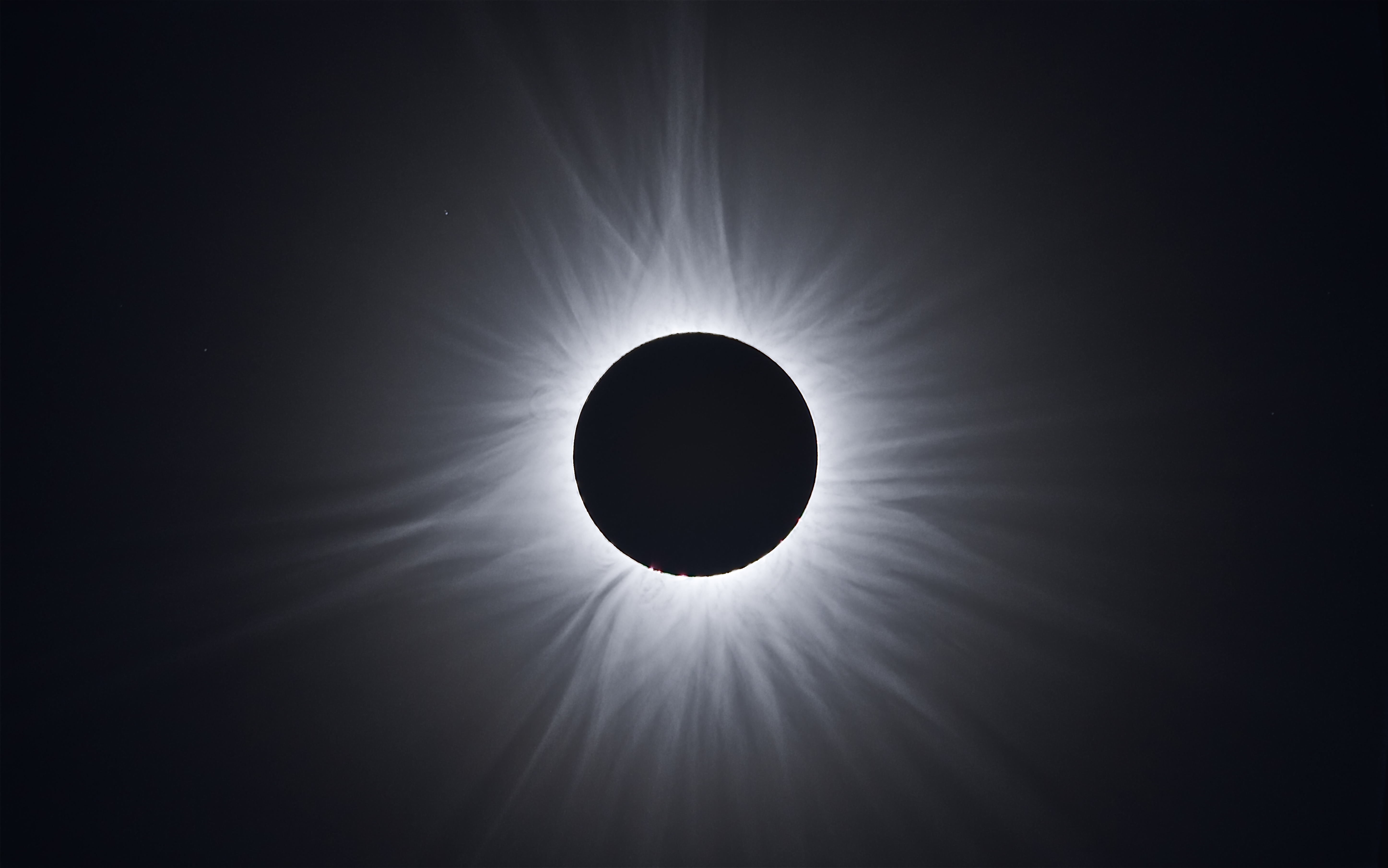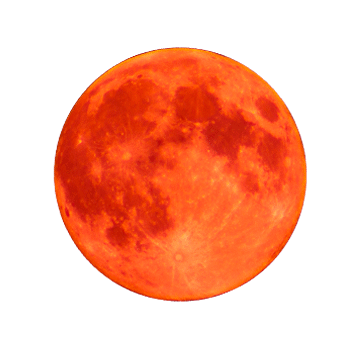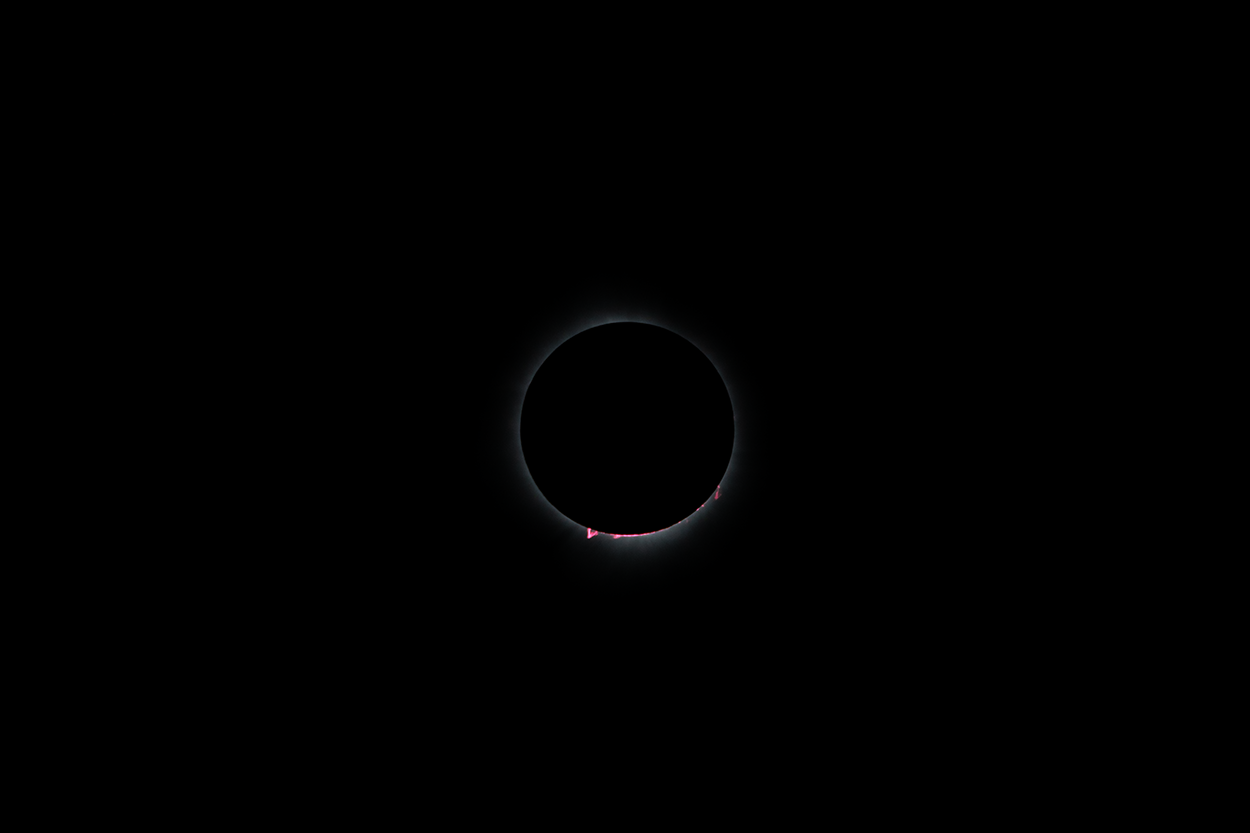
After many months of preparation, I finally have something to show for it. I began researching eclipse photography in June of 2023, and now that Eclipse Day has come and gone, it's hard to believe that it finally happened. Originally, I was deadset on capturing the Diamond Ring and Baily's Beads phenomena, but over time I became more interested in a High Dynamic Range (HDR) composite of the solar corona. When I began looking into photographing totality, I was quickly overwhelmed by the information out there. It seemed impossible to change camera settings quickly enough in such a short timeframe to capture all eclipse phenomena. I'll describe how I overcame this in my "Beginner's Guide to Solar Eclipses."
While my guide will be much more thorough on the planning side of things, I wanted to focus on the story behind these images in the blog (while also showing some of them off, of course). As I'm sure many are aware, the weather was all over the place during the week leading up to eclipse day. As far back as last year, we decided that travelling to Dallas, TX would be our best bet at actually seeing this thing, as climatology told us (and many others) that Texas had the best chances of being clear (within the U.S.) with a 70% chance of clear skies. My family and myself had flights, rental cars, and hotels booked, and as the months got closer to Eclipse Day, we eagerly anticipated its arrival.
Back in January 2024, I watched a symposium held by an astronomical society in Tennessee. The speaker predicted that this eclipse may be called "The Heartbreaker" due to how uncertain April weather is within the United States, leading to a high probability that a significant portion of the path of totality could be blocked out by cloud cover. This was unsettling, but we figured that our chances were best in Texas. In the worst-case scenario, I would forego my flight to Texas. I was committed to driving any distance necessary to see the eclipse and photograph it, as it would be my first total solar eclipse. Those who had seen the 2017 total eclipse reverberated this notion - they told me to do whatever it takes to see it.
During the week leading to Eclipse Day, I obsessively checked the weather. By Sunday, March 31st, eight days before eclipse day, most forecasts showed that Texas would be cloudy. We had to seriously consider ruling out Texas as a viewing place. By Thursday, April 3rd, 4 days before Eclipse Day, almost every model showed Texas as being overcast with a chance of thunderstorms. We had to make our final decision that night due to hotel cancellation deadlines, and thus ruled out Texas entirely. The plan was to pivot to the northeast, as Burlington VT looked clear in every single model and forecast out there. We also saw a trend that Indianapolis could be clear, so we considered that as a backup, as we had friends we could stay with there. Saturday night, less than 2 days from Eclipse Day, we fully committed to Burlington. The plan was to stay in a hotel in Schenectady NY Sunday night, then drive into Burlington early on Monday morning.
From there, we drove four and a half hours into Newport VT, and arrived by 09:00. The town was already noticably busier than it would normally be, but we had arrived early enough to score a spot in the largest park close to downtown. Newport ended up being a fortunate decision, as it contained three different parks, which dispersed the crowds pretty well. I was expecting the entire park to look like a concert mosh pit, as most online videos of eclipses show absolutely crowded eclipse sites. I had more than enough space for all of my gear, and I had everything set up by 11:00. Next, we had to wait until 14:15 for the partial eclipse to begin. In addition to being a great celestial event, the eclipse was a great social event. I spent most of the time before the eclipse meeting many excellent people who had also come to view the afternoon's anomaly.

At 14:05, I turned all my gear off of 'sleep mode' and began to check my focus for the partial phases. Solar Eclipse Maestro gave me an incredibly accurate countdown, and right as the partial eclipse began, I had pictures of a sliver taken out of the Sun. The reaction of the crowd at the immediate start of the first partial eclipse was that of being underwhelmed - it was so subtle that you could hardly even notice it with eclipse glasses. Through the liveview video from my Lunt Scope, it was much more apparent. Just as I've read, the partial phase started out very slow. Over the course of 20 minutes, you could slowly see the Sun becoming swallowed, but it wasn't terribly extreme yet. All the while, I was capturing images with my Lunt hydrogen scope (these will be processed and available this weekend).
With 20 minutes remaining before Second Contact (C2, aka 'Totality'), things began to move a lot faster. Firstly, we had about 85% coverage, and the crescent shadows from the trees were easy to see. Secondly, the light was becoming extremely 'flat,' or, unsaturated. This had a noticable effect on the crowd - everyone became quiet. It was incredibly eerie and you could definitely tell that something was seriously wrong with the Sun. The color around us was beginning to vanish. Lastly, the temperature was dropping significantly throughout the partial eclipse. When 10 minutes remained before C2, I refocused my Canon SL2, making the points of the crescent Sun as sharp as I possibly could with the zoomed live-view my camera offered. From there, I just had to make sure to take the filter off at the appropriate time, and Maestro would do the rest for me. With only 2 minutes left before C2, the colors were extremely desaturated, and it was possible to see shadow bands, which were very pronounced over our white sheet. Then, just before it was safe to remove glasses, we were prompted to take our filters off. Instantly, Maestro started snapping pictures to capture Baily's Beads and the Diamond Ring.
Then, you could see the umbra approaching from the west. Because of the clouds near Burlington, the darkness made it appear as if there were a nasty Florida thunderstorm on the horizon. It was a surreal feeling - the shadow was racing towards us and darkness was imminent. The crowd began screaming and cheering. Totality had come, and quite honestly, my words would not be adequate to describe the object we saw in the sky. It was the most unnatural-looking natural thing I've ever seen. In every direction around us, we saw what appeared as a sunrise. The streetlights around us came on, and the temperature had dropped significantly. To the bottom right of the eclipsed Sun, Venus was shining bright. To the left, Jupiter also showed up. While 3.5 minutes of totality is a long time for eclipses, it went by incredibly fast. As the eclipse began to end, a bright-red prominence began peeking out from behind the moon. Finally, just as totality ended, we saw Baily's Beads and a beautiful Diamond Ring with the naked eye.
Just as quick as it came, totality ended. After my thirteen hour drive back to North Carolina, I found some time to edit all of these photos and write the HTML for this page. I have yet to process any of my partial phase data. I was absolutely overjoyed that Maestro managed to do a good job getting me the pictures I wanted, and the many months I spent practicing and preparing paid off. I'd say that I captured just about everything I wanted to during this eclipse. That leaves one last thing: I took many bracketed exposures (a series of photos, each with the shutter open longer to get fainter detail) of the solar corona during maximum eclipse.
This allows me to pull out all of the fainter photons hiding in the outer solar corona. Similar to the photo in my previous article, we can stitch together these different exposures to make an HDR image. This presents a special case as well. At the time of the 2024 solar eclipse, the Sun was at the peak in its 11-year cycle, often called 'Solar Maximum.' This means that we saw a very active corona compared to the solar eclipse 7 years ago.
This was the photo that I was really after, as we would expect to see some very long omnidirectional streamers. Anyone who saw totality on April 8th would have also seen those streamers, and they truly were a sight to behold. I fired up my copy of Adobe Photoshop and got to work combining all of my different corona exposures. Below is the result, which I'm pretty satisfied with. I have a ton of images from totality, so a lot more can be done with this picture, but I'm pretty happy with how it turned out.
I'm sitting on a mountain of data from totality, but I believe that the pictures shared here are some of the best. I also posted some extra photos on my Instagram profile, and I encourage you to check it out, as I sometimes post some extra pictures there, though generally, all of the highest quality stuff is on this website.








